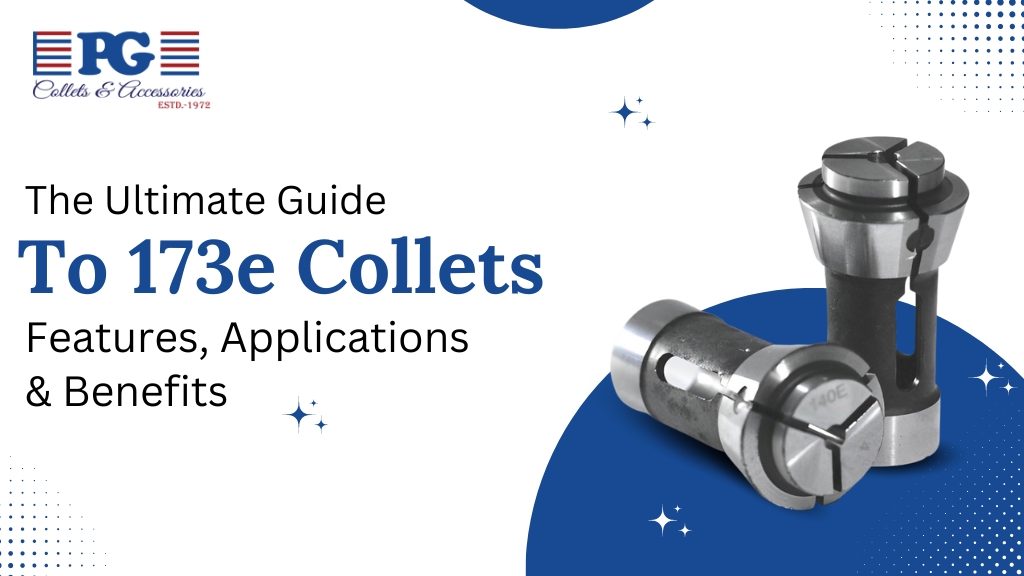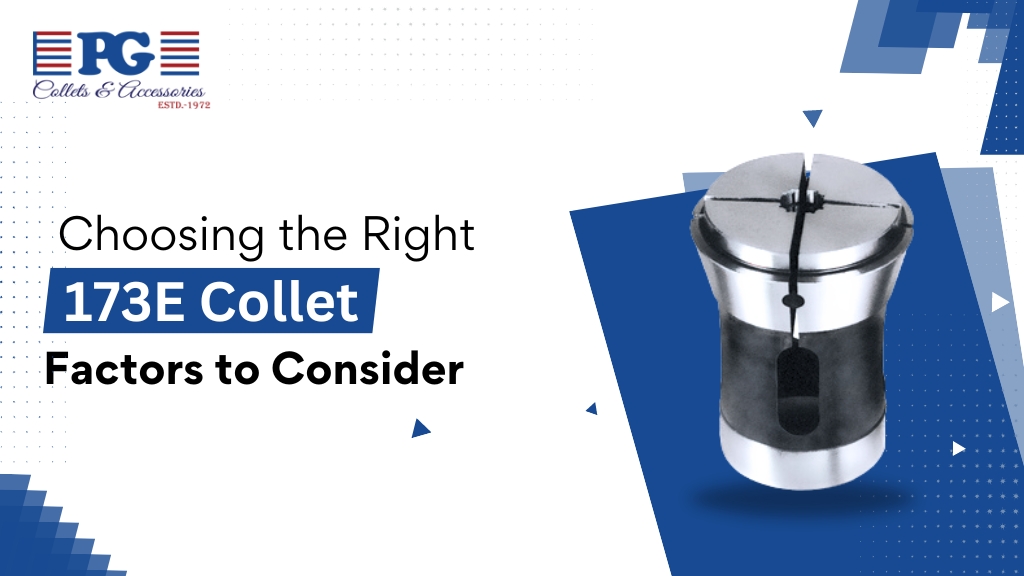Introduction to 173E Collets
In the realm of machining and tooling, precision is paramount. This is where collets come into play, serving as the unsung heroes behind the scenes, ensuring that tools are securely held in place during operations. Among the myriad of collets available, the 173E collet stands out for its exceptional features, versatile applications, and numerous benefits.
Understanding 173E Collets
A 173E collet is a specialized type of collet designed to hold cylindrical workpieces firmly in place during machining processes. Manufactured to high tolerances, these collets are engineered with precision in mind, ensuring optimal performance and reliability.
Features of 173E Collets
- High-Quality Material: 173E collets are typically crafted from durable materials such as steel or carbide, providing exceptional strength and longevity.
- Accurate Clamping: With their precise construction, 173E collets offer reliable clamping force, ensuring minimal runout and superior accuracy during machining operations.
- Versatile Compatibility: These collets are designed to accommodate a wide range of workpiece sizes, making them suitable for various machining applications.
- Quick and Easy Setup: Featuring a simple yet effective design, 173E collets facilitate swift tool changes, minimizing downtime and enhancing productivity.
Applications of 173E Collets
The versatility of 173E Collets makes them indispensable in numerous industries and applications, including:
- CNC Machining: Whether it’s milling, turning, or grinding, 173E collets excel in CNC machining environments, where precision and efficiency are paramount.
- Metalworking: From aerospace components to automotive parts, 173E collets play a crucial role in the fabrication of metalwork pieces with tight tolerances.
- Woodworking: In woodworking applications, these collets ensure secure hold-down of router bits and other cutting tools, enabling precise shaping and profiling of wood materials.
- Electronics Manufacturing: 173E collets are also utilized in the production of electronic components, where delicate handling and precise machining are essential.
Benefits of Using 173E Collets
- Enhanced Precision: By minimizing tool runout and deflection, 173E collets contribute to superior part accuracy and surface finish.
- Improved Efficiency: With their quick-change design and reliable clamping mechanism, these collets streamline machining processes, reducing setup time and boosting productivity.
- Cost-Effectiveness: The durability and longevity of 173E collets translate to cost savings over time, as they require less frequent replacement compared to inferior tooling solutions.
- Versatility: Whether tackling intricate machining tasks or heavy-duty applications, 173E collets offer the versatility to adapt to diverse machining requirements.
Conclusion
In conclusion, 173E collets represent the pinnacle of precision tooling, offering a winning combination of accuracy, reliability, and versatility. From their robust construction to their wide-ranging applications, these collets are indispensable assets in the arsenal of any machining operation. By harnessing the power of 173E collets, manufacturers can achieve unparalleled levels of performance and efficiency in their machining endeavors.



